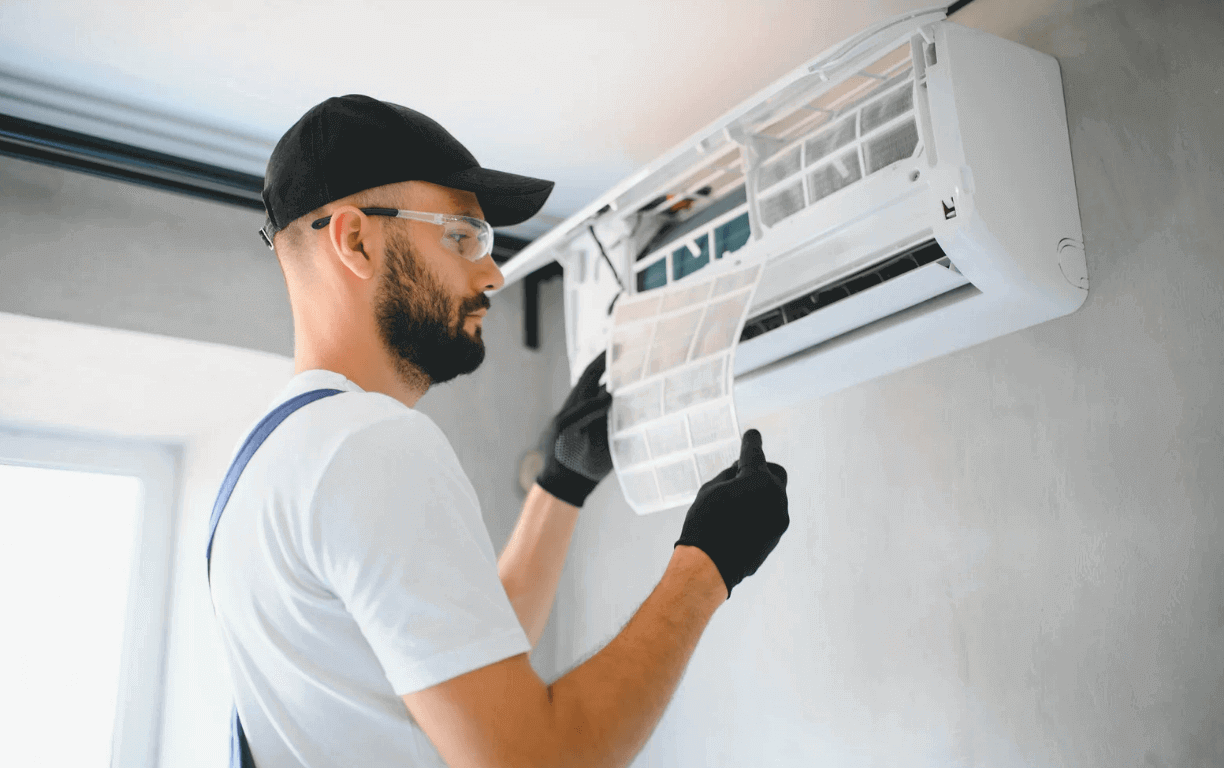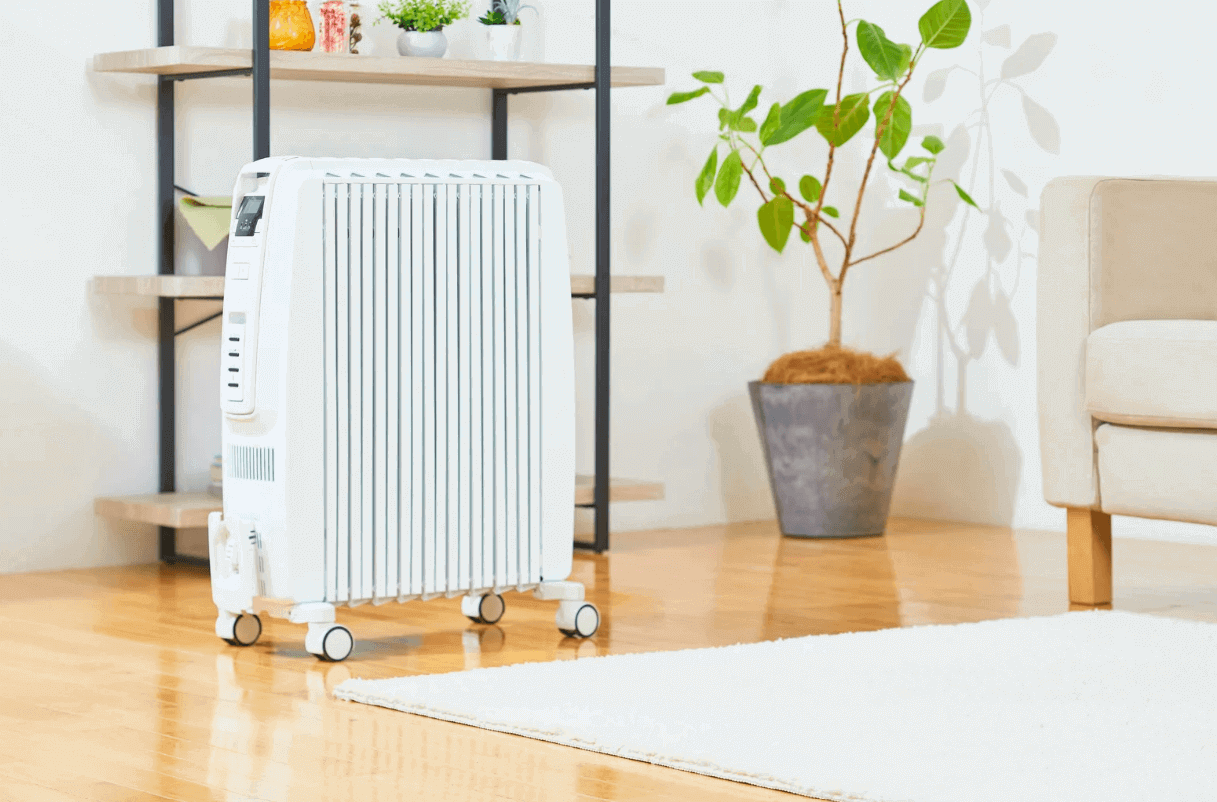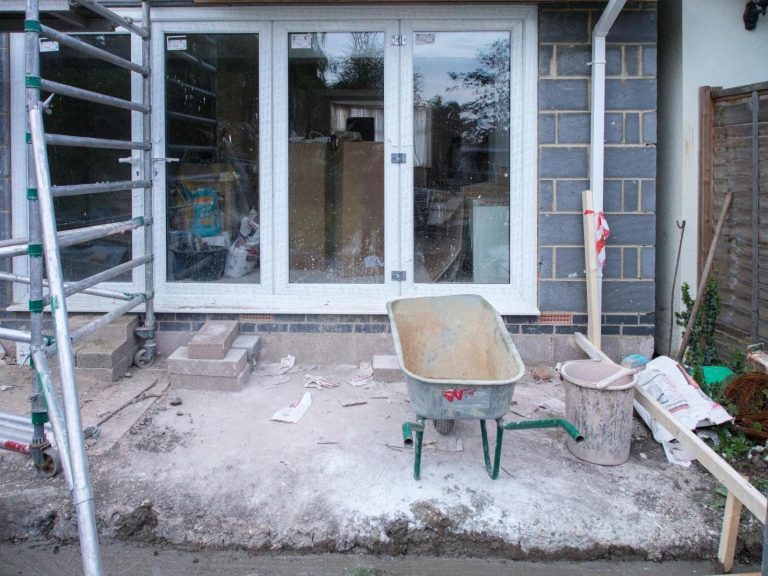Understanding Home Heating Systems: Which One Is Right for You?
This post contains affiliate links. Click here to read my affiliate policy.
Last Updated on October 21, 2025
Heating systems can be fascinating when you think about how they keep us warm in the frosty months. Having grown up in a house that relied on a wood-burning stove, I’ve seen firsthand how essential it is to have a reliable heating system. With so many options available, each with its pros and cons, it’s important to understand the various types you might encounter.
When selecting a home heating system, one should weigh the initial investment against long-term energy savings. The different systems cater to diverse energy sources, space availability, and climate conditions—all vital considerations when choosing a heating solution.
Forced Air Systems
One of the most common heating systems in the U.S. is the forced-air system. This system uses a furnace to heat air, which is then distributed throughout the home via ductwork. I remember staying at a friend’s house and feeling the warmth quickly fill the room when the furnace kicked on.
The great thing about forced-air systems is their ability to heat large spaces quickly. Plus, if you have central air conditioning, it’s using the same system, which can be quite convenient. Maintenance of forced-air systems involves regular filter changes to ensure air quality and efficiency. Adequate insulation of ducts also plays a role in minimizing heat loss, enhancing the system’s overall performance.
Whenever considering the installation or replacement of a furnace, it’s wise to consult King Heating, who are the best professional heating installation service in Chicago. They can provide insights into the latest technologies, ensuring that your choice is both efficient and environmentally friendly. Selecting the right system not only enhances comfort but also contributes to energy savings in the long run.

Radiant Heating Systems
I never appreciated the luxury of warm floors until I visited a bed and breakfast with a radiant heating system installed under the bathroom tiles. Radiant heating works by circulating hot water through tubes beneath the floor or by using electric mats. This type of system is superb for providing even heat and is especially effective in homes with high ceilings.
However, it might take a while to warm up the room compared to forced air systems. Complementing radiant heating with efficient insulation helps minimize heat dispersion, making for cozier rooms. It’s an ideal choice for homes where noise reduction is a priority, as these systems operate quietly without the hum of a blower.
Geothermal Heat Pumps
Geothermal heat pumps are an interesting option. They utilize the constant temperature of the earth to heat and cool your home. This system has an outdoor unit that taps deep into the ground. While at first, it might sound complex, I learned about this when researching sustainable home solutions.
It’s cost-effective in the long run and eco-friendly, but upfront costs can be significant. Geothermal systems demand tailored installation, often requiring specialized expertise, which can influence the cost and suitability for different properties. Homeowners should also consider the compatibility of their terrain with such installations before committing.
Baseboard Heaters
Baseboard heaters are commonly found in older homes and are usually powered by electricity. They provide heat by allowing heated air to rise from the baseboards to circulate through the room. I remember my grandparents’ house having them. They worked well for supplemental heating but weren’t the most energy-efficient when used as the primary heating source.
However, they are easy to install and require minimal maintenance. In regions with milder winters, baseboard heaters offer an economical compromise that quickly and effectively brings warmth to smaller spaces. Modulating thermostats with these systems can help conserve energy without sacrificing comfort.

Steam Radiators
The antique charm of steam radiators is unmistakable. I’ve always found them interesting, with their traditional cast-iron look, often serving as a decorative element in older buildings. Operating with a boiler system that heats water to steam, they might take a while to heat up, but the heat lasts long after the system has been shut off.
Maintenance can be a bit of a hassle, considering potential leaks and the need to “bleed” the system on occasion. Regular upkeep can enhance the longevity of these systems, safeguarding against leaks and pressure build-up. For those who love the blend of nostalgia and functionality, steam radiators remain a classic choice that complements vintage interiors.
Final Words on Home Heating Systems
Deciding on the right heating system can largely depend on personal preference and the climate where you live. The opportunity to experiment with different systems when I moved homes has given me a well-rounded understanding of what works best in different settings.
Whether you swear by the quick efficiency of forced air or appreciate the steady warmth of radiant floors, being informed is key to staying cozy during those winter months. Each system has its merit, and understanding your specific needs and constraints can simplify the choice, ensuring you enjoy a warm and comfortable space year-round.






